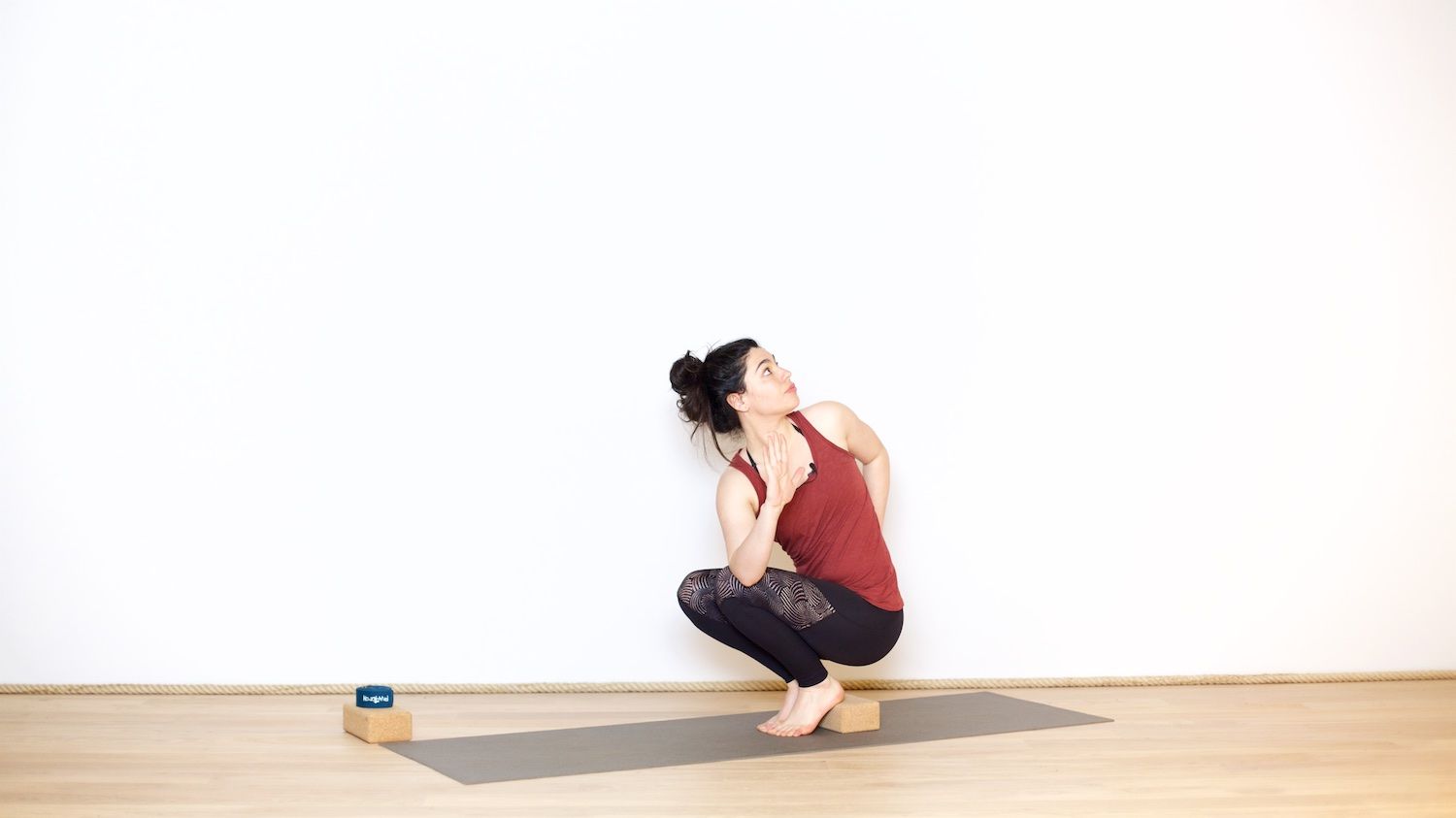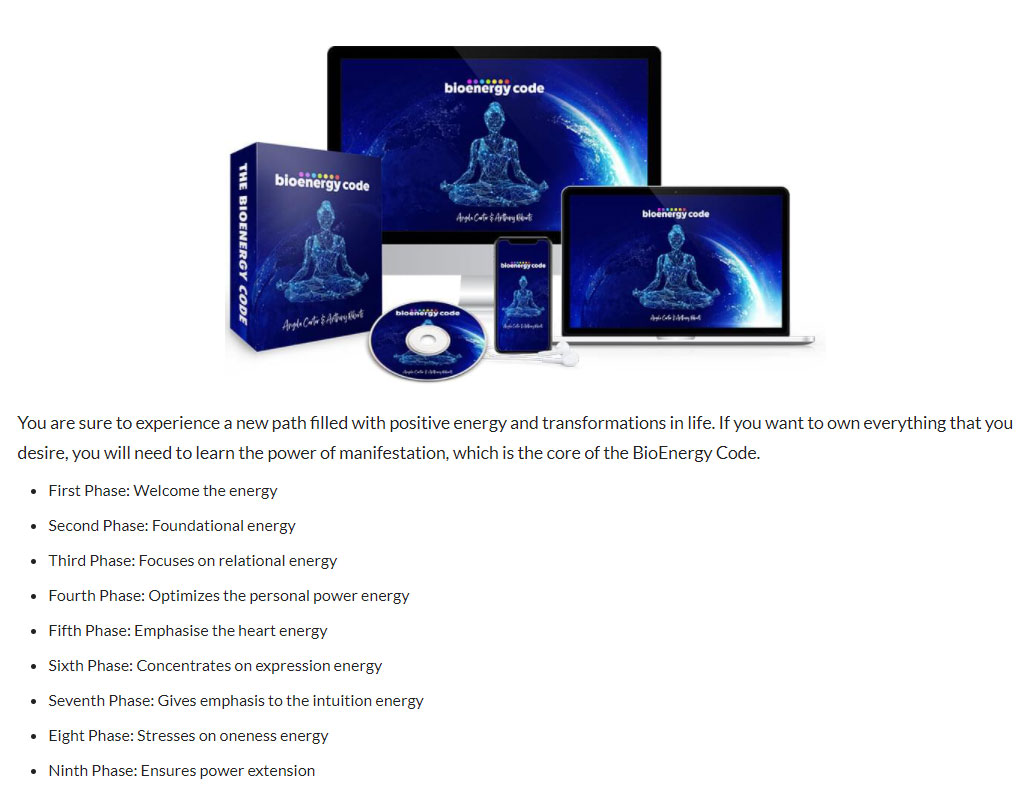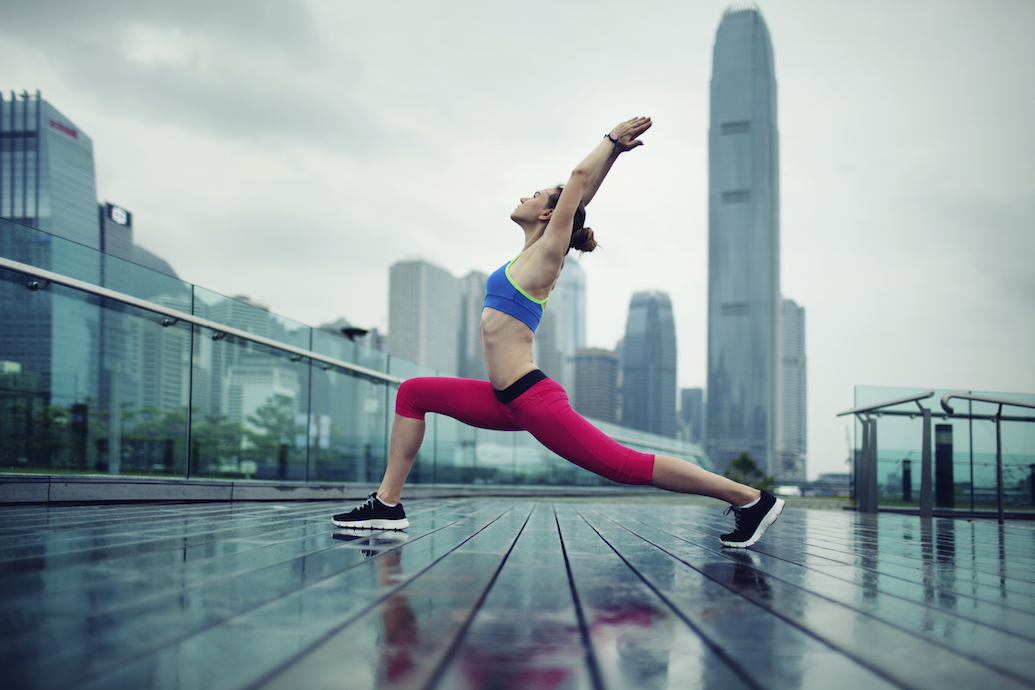Yoga alignment
Whether it is kundalini, nidra yoga, prenatal yoga, iyengar, or dynamic yoga, the practice of yoga requires a more or less good health. Certainly, it includes relaxation, meditation, mindfulness exercises, but it is above all a discipline that requires flexibility in asanas (exercises), or muscle strengthening during a sun salutation.
As yoga is celebrated on June 21 and more and more people are practicing it, it is good to know how to master the workings of this sport. Because yes, doing yoga also means knowing how to develop one's physical, mental and spiritual development, in correlation, in group or individual classes. It is knowing how to tame its alignment, to make the postures as effective as possible. But how to have a good alignment in yoga? Let's find out right now!
What is good alignment in yoga?
Beyond even being a discipline, yoga is a real sport, which requires to know how to master its techniques and skills, starting with alignment. Alignment is simply the fact of adopting a correct posture during a series of exercises. A simple and mechanical definition, which shows a more concrete discipline than simple greetings to the sun or a reductive yin and yang.
While asanas (yoga postures) are the tools that allow us to reach fullness and reach that state of mindfulness, alignment is the technique that will allow us to achieve it, or "better" achieve it. Of course, there are no rules, and certainly not in yoga, but a good alignment will then allow for a better flow of energy throughout the body, and make the yogi more open and efficient.
In a perspective where we practice yoga regularly, every part of the body will be solicited, as well as our emotional, mental and physical state. A good alignment must be a minimum framed to feel a maximum effect from a global point of view on the body and the human being. Because yes, self-knowledge, it also passes by there! Adopt very specific postures, and receive maximum benefits, while minimizing the risks.

Having Perfect Yoga Alignment: Repeating the Asanas
Like many disciplines, yoga is a technique in its own right, a sport and a way of life that should be respected and tamed. By achieving this, we then take the decision to perform the postures in the best possible way, so that each of them is the most effective and the most beneficial possible for our well-being. It is obvious that it takes work, patience and courage to succeed in perfectly aligning one's body to an asana.
This is the reason why, as in other disciplines and sports practices, it is necessary to train, rehearse, repeat, and rehearse again. It is by working on this model of sequences that the alignment will gradually take shape, always with a view to minimizing the risks when practicing yoga, whether it be breathing, letting go or pure physical exercise.
A good alignment is therefore a repeated alignment, the fruit of a work, a technique in its own right, specific to each posture. This means that, whether it is yoga at home, group classes, online yoga, or even yoga for beginners, one has everything to gain by knowing how to correctly align one's body and, metaphorically, one's mind, so as to balance oneself completely and for good. Our spine will thank us!
Practicing yoga with a teacher
If, among the techniques for perfect alignment in yoga, there was only one to choose from, it would probably be this one. Indeed, a teacher, whoever he is and whether you are a beginner or not, will always be the best person to advise you on how to align yourself in an asana. Because yes, he too has been there, and he too will be able to tell you that your spine is not straight enough, for example.
With this combined external look and experience, the teacher is the supporting figure who will help you to carry out your postures and to have, to have, to make, this perfect alignment. Let's also remember to mention two little things. The first is that we must not base our yoga practice on the one and only criterion of alignment. Although alignment conditions a technique and a point of view, it does not determine effectiveness.
The second thing is to know how to tell oneself that alignment, if it is very body-centered and the teacher can only direct us on this visible point, is not just a matter of physical exercise and hips. It is indeed a vision of an integral yoga, where everything is going to be balanced at each session, from the inner peace to the forearms. It's up to us to know how to refocus and adopt a deep practice, so the alignment will follow the movement!

Practicing the yoga of alignment
Apart from all these interesting but sometimes difficult considerations for a person whose motivation is not very great, there is a discipline of yoga that is more interesting from this point of view. Indeed, the yoga of alignment is this type of yoga that focuses on reasoning and its development in...alignment, well done! Here, we will rather develop skills useful to perfect alignment.
Strength, endurance, flexibility, but also breathing, will be faculties that will be emphasized more. Thus, supported by breathing exercises and a spiritual approach, we will practice, not without the help of supports (bricks, straps, etc.) different postures. These postures will all be intended to make the body more aligned, better aligned, to feel the most beneficial effects on health of the yoga exercises.
All this will then be practiced under the guidance of a teacher, who will not hesitate to let us know when a position is misunderstood, misunderstood, misaligned. It is not a question of losing weight, fighting stress or meditation (although alignment yoga also contributes to this), but of knowing how to do it, in a simple and healthy practice of yoga, ready to relieve all our ailments, from the lower back to the nostrils.
To know how to recognize a good alignment from a bad alignment in yoga
Finally, the sign that will show that you are a perfect little yogi is to know when an alignment is good or not, or even when an alignment is perfect. On the others first, because they are the ones who will be our anchor at certain times. We will position ourselves in relation to them in order to adopt the best posture, we will try to do as such, or not to do as such, and all this will contribute to aligning ourselves as well as possible.
But it is also and above all on ourselves that perfect alignment will manifest itself. Indeed, are the benefits of this exercise more or less visible than before? Do I have less neck pain when I position myself more upright? Does my regular practice help me to be less stressed, more relaxed? All of these questions will form the basis of our practice and its effectiveness.
A correct alignment will therefore be more likely to tell us all this, and it is up to us to take care of it before calling on others. Because let's not forget that yoga is also a personal matter, even before being a collective matter, and alignment is only the embodiment of it.
When everything works well together, when the physical follows the mental, which follows the mind, there is a good chance that the alignment will be perfect, and vice versa!
Thus, in a few sessions, it is possible to considerably improve the way one will align oneself in yoga. By repeating the postures, taking into account our body, listening to each other, and getting help, it is possible to reach an ideal, even perfect alignment, so that everything is refocused deep inside our body, mind and soul. So, ready to take up the challenge?


